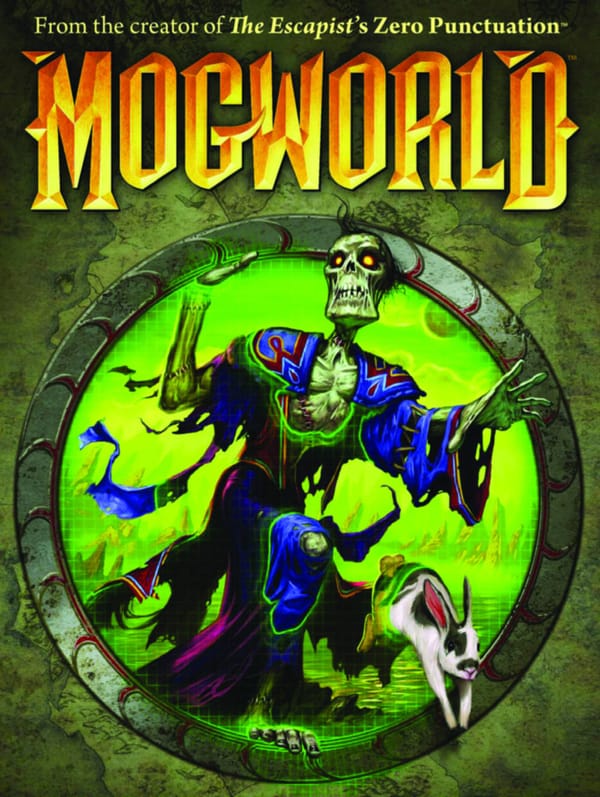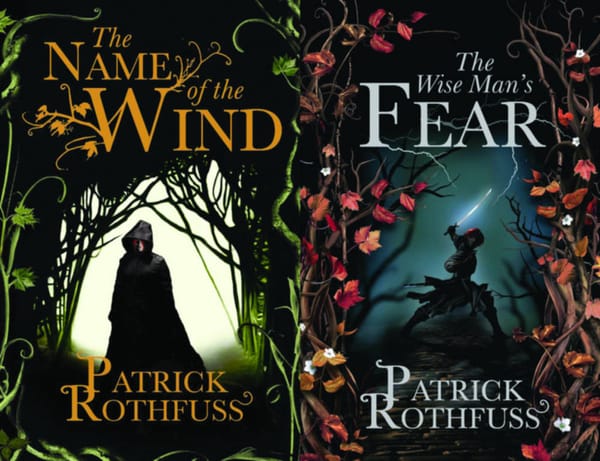Never let Ishiguro go
Kazuo Ishiguro applies his unique writing style to the realm of science fiction

Sure, this book involves a parallel society, human cloning, and organ farming, narrated through the eyes of an independent and vaguely rebellious protagonist, but still: Never Let Me Go isn’t what you would expect from a work of science fiction. With little futuristic technology and absolutely no extra-terrestrial life forms to be seen, Kazuo Ishiguro’s most recent novel captures the reader’s attention not with ray guns and worm holes but with characterisation and imagery.
Before I go on, I have a confession to make: I watched the movie first. I know, I know; I’m doomed to picture the characters as the actors that portray them, I couldn’t possibly approach the novel in quite the same way, everything’s horrible, why would I ever do that, et cetera. And while I certainly suggest you read the book before seeing the movie (which may or may not have something to do with Keira Knightley), the latter doesn’t ruin the former. Don’t let having seen the film put you off. (Just as long as you remember that Robbie is, in fact, not the newest incarnation of Spider-Man.)
Set in England during the late twentieth century, the novel’s premise is an alternate history in which medical technology has already advanced to the point of human cloning. Seeing this as a possibility for the improvement of medicine as a whole, society has established clones as a source of spare parts: they are raised like cattle (except with more instruction in the arts) in institutions eerily reminiscent of boarding schools until they reach adulthood, at which point they begin ‘donating’ non-vital organs one by one until they ‘complete’. As a result, human lifespans have been expanded – and collective conceptions of ethics eliminated.
The protagonists are three such clones who have grown up together at Hailsham, one of the ‘schools’. Narrated by Kathy, one of the three friends, the story is a series of recollections from her past. It is split into three parts – representative of three stages of their lives – with less than ten pages taking place in the present tense. This structure opens itself up to a lack of plot focus: more time is spent layering flashbacks within flashbacks, their context often ruled by Kathy’s thought processes, than retelling key events.
The book is narrated in the first person and so the reader’s only window into this parallel world is through Kathy’s mind. Her passively observant personality colours this window with a strange sense of detachment. It is not until the reader puts the book down and again begins to look at things through his own eyes that certain absurdities of their society reveal the full extent of their strangeness. Kathy, like all the other clones, is, for most of the novel, so complacent with what is done to her that the reader initially struggles to find the events as revolting as they truly are. The novel is thus an exercise in self-exploration for the reader as much as the characters; I, for one, thought it shocking how non-immediate my moral response to the story was.
‘Completion’, the euphemism for death used by all characters throughout the book, is one example of the way characters confront the world they were born into: they don’t. Even though they are (mistakenly) informed about their fate at a young age, the trio of protagonists rarely questions its nature and, if they do, it is in the form of throwaway comments rather than fundamental considerations of the value of their existence. While each character is aware of the truth, they seem to refuse to admit it to each other, allowing each individual to continue life in their own bubble of fictitious safety.
Having read only one other of Ishiguro’s pieces, The Remains of the Day, I suppose I’m not really qualified to make sweeping generalisations about his writing voice or stylistic idiosyncrasies. But certain elements are still apparent. Without spending significant amounts of time simply describing the scenery, Ishiguro manages to create strikingly beautiful images to accompany his stories by relying on the reader’s own memories and imagination. Also, in both novels, the characters and their relationships are all Very British: emotional restraint and tact underline their interactions. Fellow Eddie Izzard aficionados will remember the comparison: “Oh, I’m... oh. Well, I –” “What is it, Sebastian?” “I thought you... I better go.” It is not the kind of drama you eat popcorn to.
The downside of this is that, occasionally, conversations become almost too stilted for comfort. As a whole, however, it works; Ishiguro’s style only enhances the impression that the characters are living next to each other instead of together, that many of their relationships (with the exception, perhaps, of Tommy and Kathy’s) lack a certain element of depth because they, as a mechanism of self-defense, refuse to open up. The presence of this closed-ness throughout the novel makes rare moments where it is broken all the more powerful. One scene, in particular (and I shan’t spoil it) carries such raw emotion that, in less than two pages, it brings to the reader an explicit understanding of the character’s struggles, and a revelation of the author’s purpose. This would not be nearly as powerful were it not for the context of the rest of the novel, which gradually builds up the backdrop onto which the truth is painted.
Movement through the novel is guided not by actions or events but by memories and realisations. Don’t get me wrong: it’s not boring. It’s beautiful. (Granted, this is coming from someone who much prefers character-based writing. If, browsing the sci-fi shelf, you are looking for action-packed adventures and heroic acts, you may be disappointed.) Page by page, Kathy comes to terms with her past and, as a consequence, her future. Ultimately – and I say this at the risk of being incredibly cheesy – it is a story of love and the meaning of life. The element of science fiction is used as a foundation for the development of characters and messages that are as applicable to our world as it is to theirs.
Call me cynical, but I find the quality of writing in this genre rather hit and miss. Never Let Me Go can safely be filed under ‘hit’.







